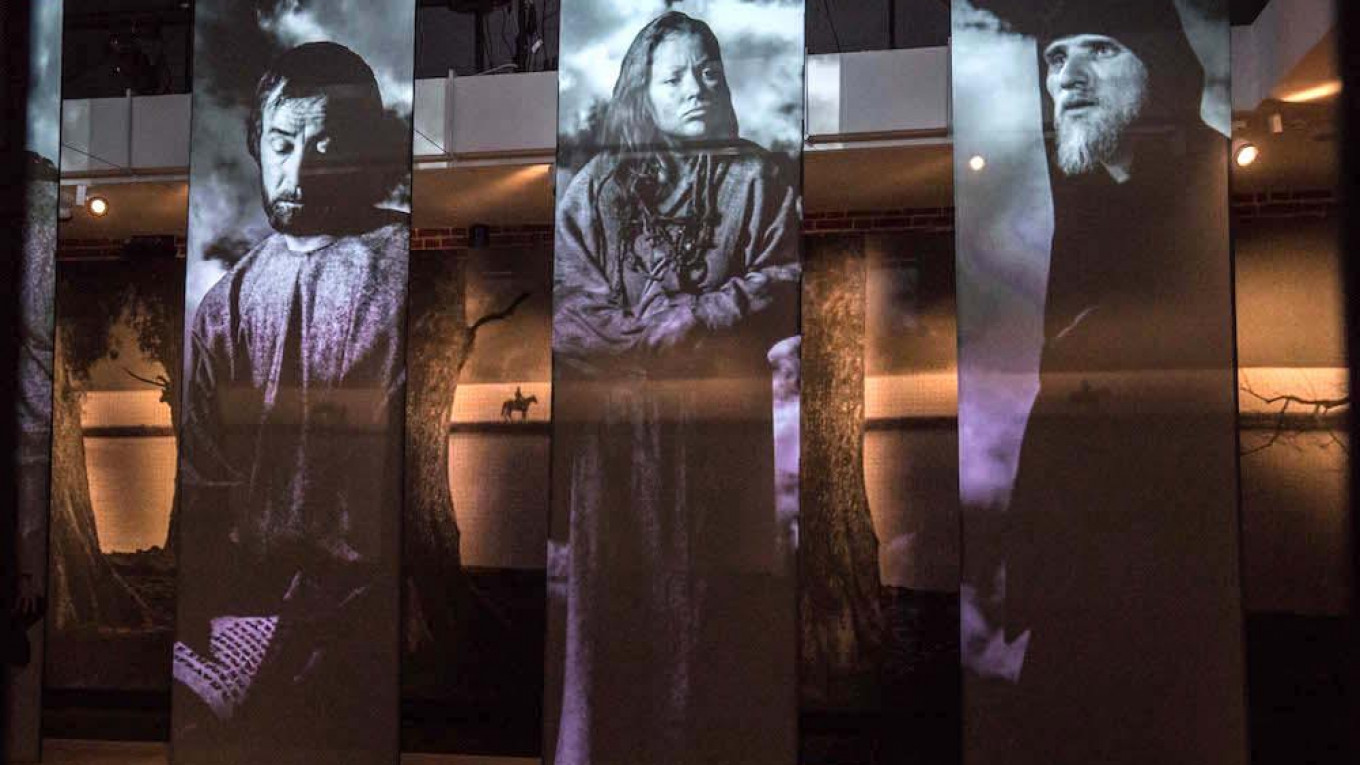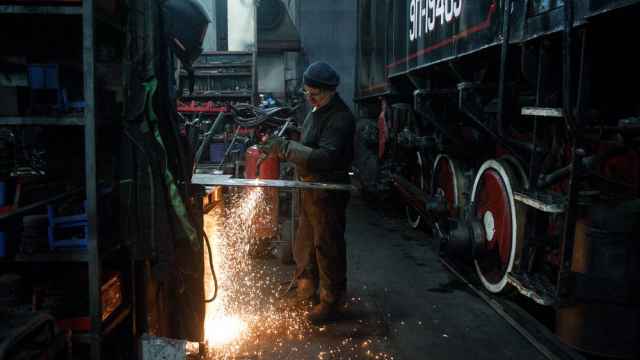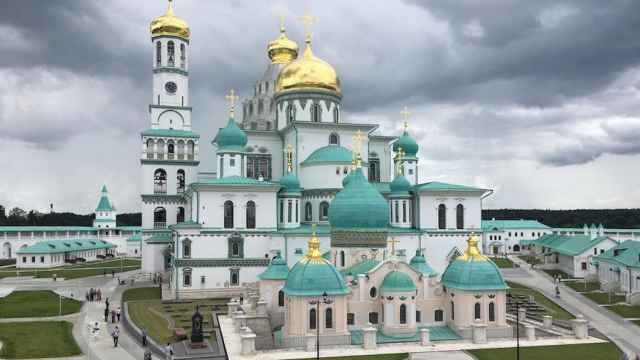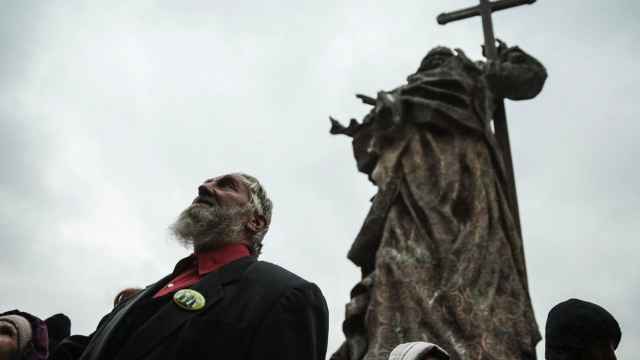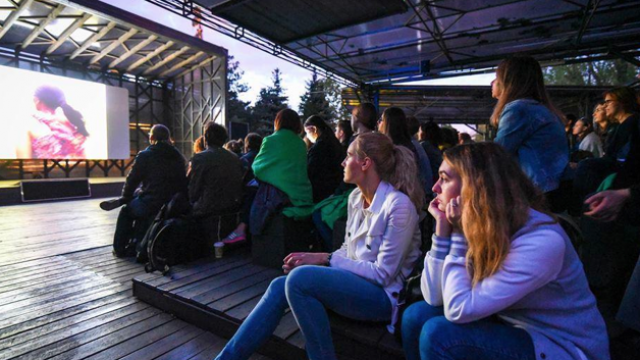If you are in the city center and need a break from contemporary reality, crawl over the ditches and around the construction barriers and make your way off Pushkin Square to the Theater of Nations’ New Space, a 19th century two-story building that has been artfully reconstructed into exhibition spaces.
Until July 20 you can see “Breakthrough to the Past,” an unusual exhibition about two brilliant artists and their work in the 1960s. Organized by the Anatoly Zverev (AZ) Museum and the Dva Andreya Foundation, it presents two artists who worked in different media and never met, but whose work and world views have much in common.
The show presents filmmaker Andrei Tarkovsky and artist Dmitry Plavinsky. More specifically it highlights Tarkovsky’s film "Andrei Rublev" and Dmitry Plavinsky’s etchings and paintings done at the same time and, in some cases, in the same places as Tarkovsky was filming. In the 1960s both artists were drawn to Russia’s ideologically forbidden religious past, to what the curators call the “aesthetics of icons as the manifestation of the Christian world view, as a path for spiritual development and inner freedom.”
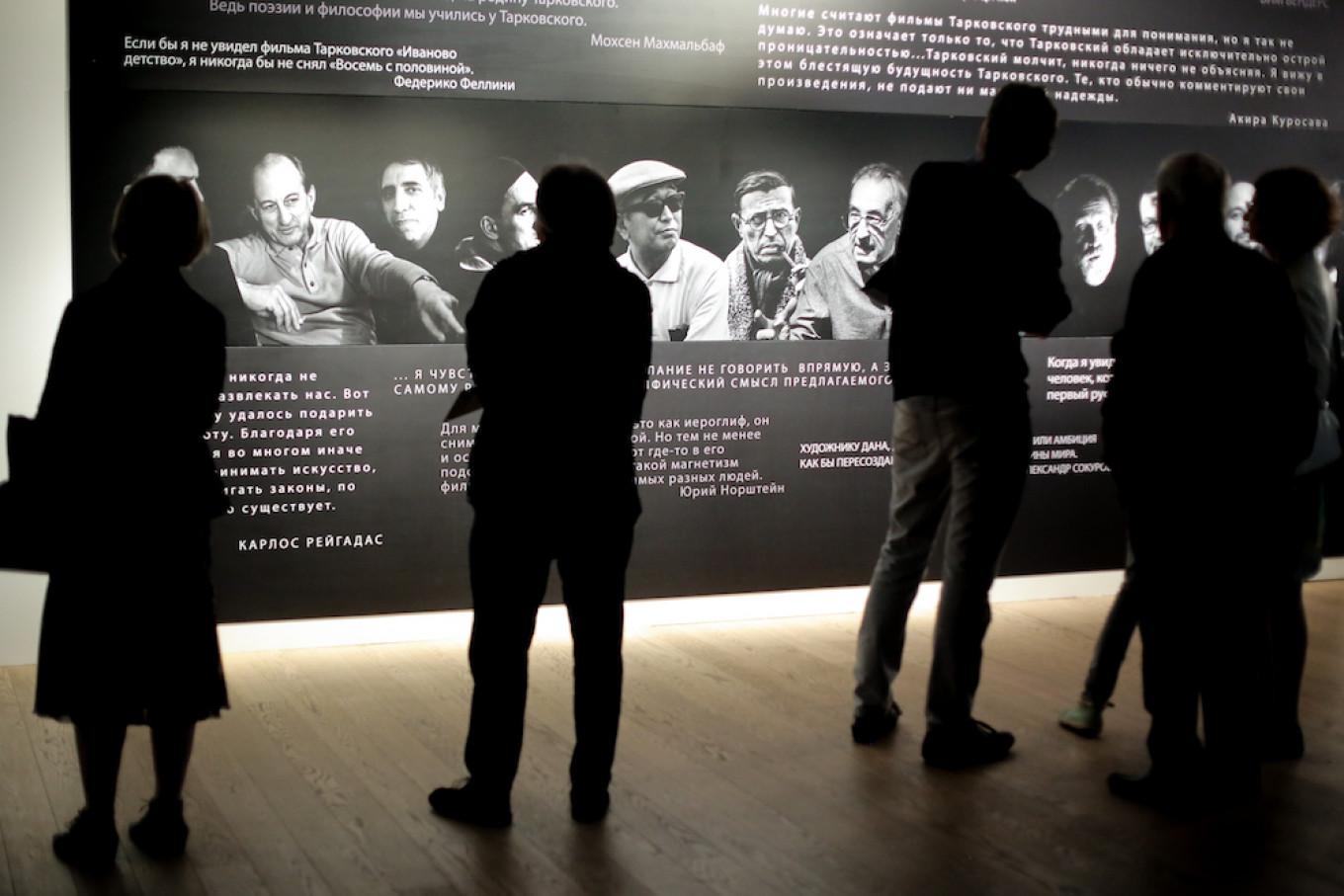
The idea of the exhibition was suggested by Polina Lobachevskaya, director of the AZ Museum, and first received rather skeptically by her colleagues. Maria Revyakina, director of the Theater of Nations, found the project utterly “unexpected.” Zoya Koshelyova, academic director of the Dva Andreya Foundation dedicated to the work of Andrei Tarkovsky, at first “couldn’t see the two artists together.” But over time, everyone not only came around, but embraced the pairing, which was then produced as a multimedia project by Natalya Opaleva.
Lobachevskaya told The Moscow Times that they wanted the show to be “emotional, visceral. The cultural ties with the past had been broken in the Soviet era, but these two artists put the ties back together and united the eras. To let people see that, we had to create an exhibition that would let them feel what united these two artists.”
To this end, the space itself plays a role in the show. Begin on the first floor with biographical and other information about the two artists presented in Russian. From there you can go up to the attic or down into the vaulted basement.
The basement is dedicated to Tarkovsky’s masterpiece, Andrei Rublev. If you’ve seen the film, you will find this part of the show fascinating. There are scripts, notes, and photographs that seem to float out the darkness and follow you. In corners of the brick vaulted space are small screening areas that run key scenes from the movie followed by still photographs of the process of filming what you’ve just seen. A soundtrack plays over it all. If you’ve never seen the movie, watching film clips of medieval Russia in a space that feels like medieval Russia is an evocative introduction.
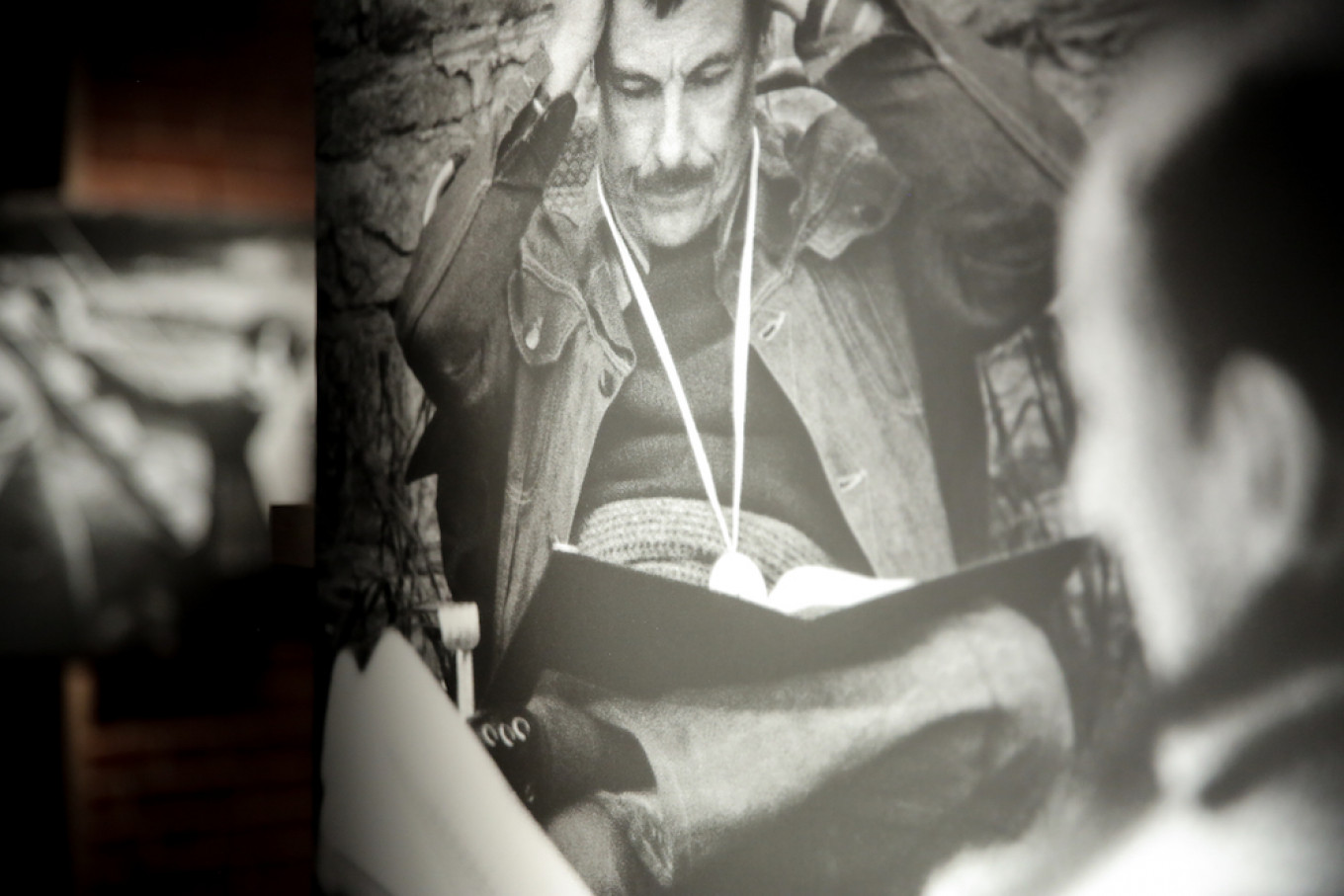
On the second floor you’ll find a room of works by Dmitry Plavinsky: paintings of fantastical creatures, shields, cosmic objects and a small, modest self-portrait. One wall has been designed as a kind of iconostasis to hold a series of etchings of churches and icons. These are not depictions of the shiny and brightly colored religious architecture and art of today, but the ruined country churches of the late Soviet era, with caved-in roofs and ramshackle porches.
In the second room you seem to enter one of those church attic spaces open to the sky. Paintings by Plavinsky and large photographs of the characters in Andrei Rublyov stand against the visual backdrop of images from the film playing on the walls as clouds cross the ceiling. Birdsong and sounds of nature fill the space. Take time to sit on one of the benches and let this multi-media world transport you back in time to one of the ruined churches Tarkovsky filmed and Plavinsky painted. As Zoya Koshelyova told The Moscow Times, the exhibition is an “innovative way of analyzing film and art that puts you inside the fabric of the creation, where first you feel emotions and then begin to think about what you’ve felt.”
And then, when you’re refreshed, step back into the bustling present of Moscow.
By popular demand, the exhibit has been extended until August 31.
A Message from The Moscow Times:
Dear readers,
We are facing unprecedented challenges. Russia's Prosecutor General's Office has designated The Moscow Times as an "undesirable" organization, criminalizing our work and putting our staff at risk of prosecution. This follows our earlier unjust labeling as a "foreign agent."
These actions are direct attempts to silence independent journalism in Russia. The authorities claim our work "discredits the decisions of the Russian leadership." We see things differently: we strive to provide accurate, unbiased reporting on Russia.
We, the journalists of The Moscow Times, refuse to be silenced. But to continue our work, we need your help.
Your support, no matter how small, makes a world of difference. If you can, please support us monthly starting from just $2. It's quick to set up, and every contribution makes a significant impact.
By supporting The Moscow Times, you're defending open, independent journalism in the face of repression. Thank you for standing with us.
Remind me later.



